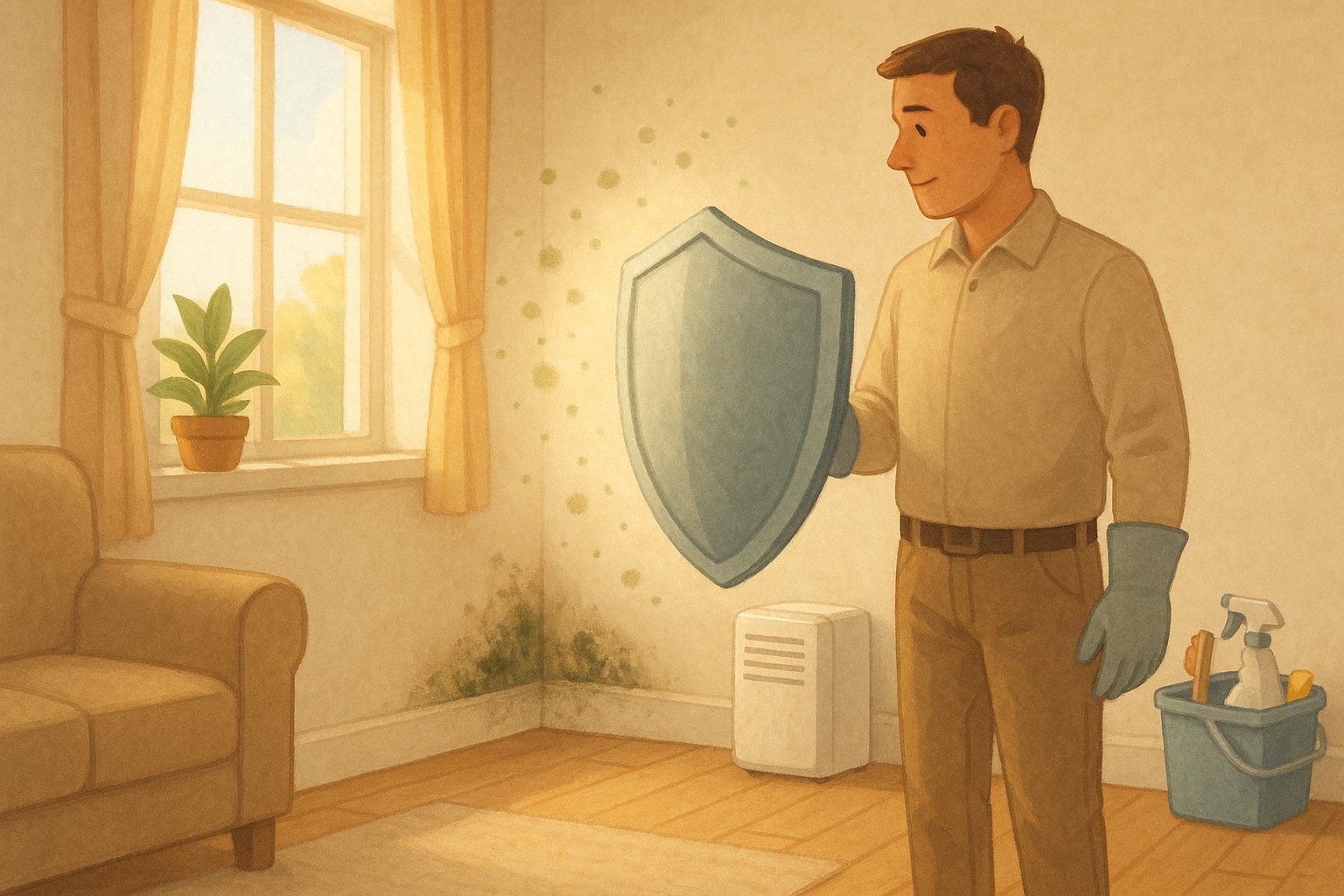What’s a tenant walk-through?
After you move out of your rental, how can you prove the carpet came with stains already on it or that the countertop didn’t get chipped during your stay?
If you don’t do a tenant walk-through, also called a landlord walk-through or a move-in/move-out walk-through, you often can’t prove existing damage. If that’s the case, it becomes your word against your landlord’s.
Learn how to prove existing damage so it doesn’t become your word against your landlord’s.
Landlords ask for a security deposit to cover any damages caused to the property during a tenant’s stay. Landlords aren’t supposed to charge for normal wear and tear or to pay for brand-new upgrades. (Although a cleaning fee or something along those lines is sometimes required as part of the lease agreement.)
If you’re renting a unit that has some damage, make sure your landlord doesn’t charge you for that damage when you move out. The way to ensure you aren’t is to request a tenant walk-through at two times: move-in and move-out.
The good news is that landlords usually want to do a walk-through just as much as you do. Why? It goes both ways. If you damage something during your stay, the landlord needs to prove that damage was not there when they gave you the keys.
Use a checklist
Before you move into a rental, you need to look at more than the pretty things, such as the nice view from the bedroom window. You need to look for damages or defects, too.
It’s difficult to know what to look for or to know whether you inspected everything you should, so it helps to have a checklist with you. Landlords often provide tenants with a checklist, but if yours doesn’t, you can use this one.
Have a copy for yourself, and make a copy for your landlord. Or just take a picture of your checklist after it’s filled out and signed, and send it to your landlord. The important thing is that you both agree with what’s on the list. Once you do, you both need to sign the checklist.
File the checklist with your lease. You can do this in a file folder that you put in a safe place at home. Or save it on your computer. You’ll need to bring this checklist with you when you move out if you have a move-out inspection with your landlord. If you don’t have move-out walk-through with your landlord, you’ll need the checklist in case your landlord tries to charge you for damages already noted on the checklist.
Take pictures and/or video
You can take pictures or video of the rental in addition to or in place of filling out the checklist. This is another way for both landlords and tenants to have proof of what the unit looked like at move-in and at move-out. It’s best to date stamp the photos somehow, such as using an app that shows the date. With video, state the date at the beginning.
Related: Record a Video of the Move-in/Move-out Inspection
When it’s time to move out
A couple of weeks before you move out, you might want to request your landlord do a walk-through with you. That way, if they see possible problems, they can let you know what you need to fix to avoid being charged.
If your landlord isn’t interested in doing that, you can go over your checklist, photos, or video yourself. If you return the unit in the same condition it was in when you moved in (minus normal wear and tear), you should receive all your security deposit.
Related: The Ultimate Guide to “Normal Wear and Tear”
The day you move out (and after all your stuff is out) is the time to fill out the move-out part of the checklist or to take a second set of photos or another video. Remember to date everything. Now, you have a before-and-after record.
The day you move out, your landlord might do a walk-through with you. But your landlord doesn’t have to do that. They might prefer to conduct the inspection after you leave. Some landlords feel stressed or rushed to conduct a proper walk-through with a tenant following them around.
And that’s okay. Landlords have a certain time limit to return the security deposit or provide a reason why they are holding all or part of it. This varies by state. Look up your state’s law here.
Just make sure if your landlord keeps all or part of your security deposit that it’s for damage you really caused. If your landlord is wrongfully holding your deposit, and if you have completed the checklist or have photos or video, it will be easy enough to prove.









